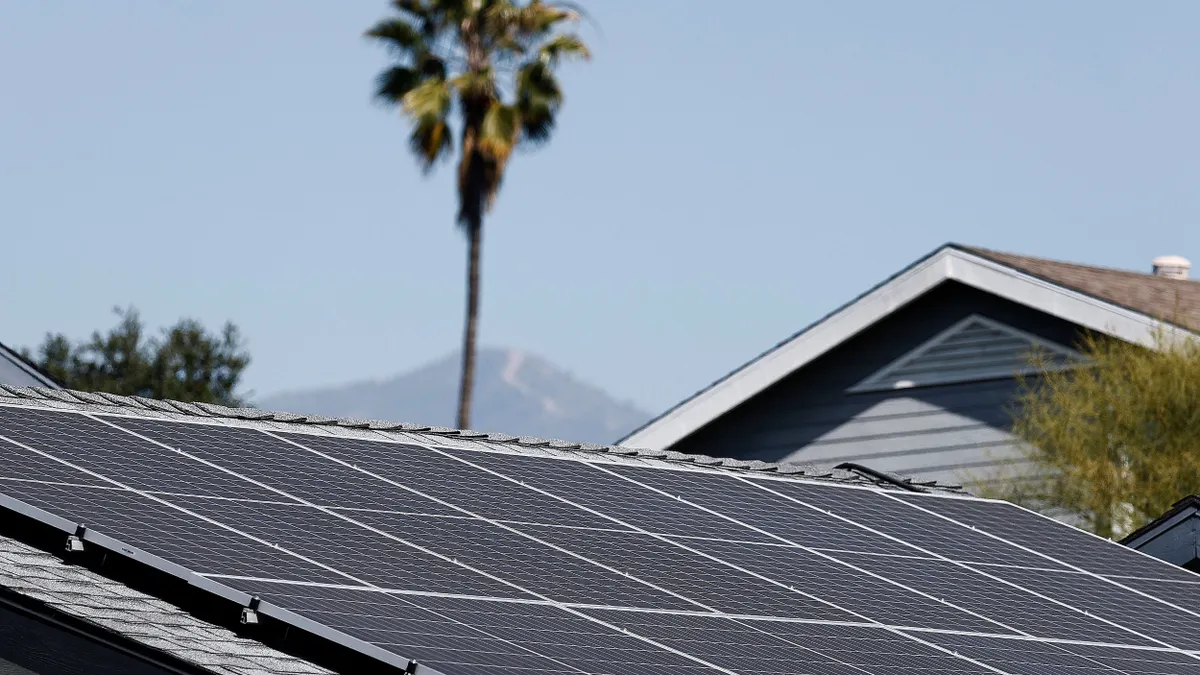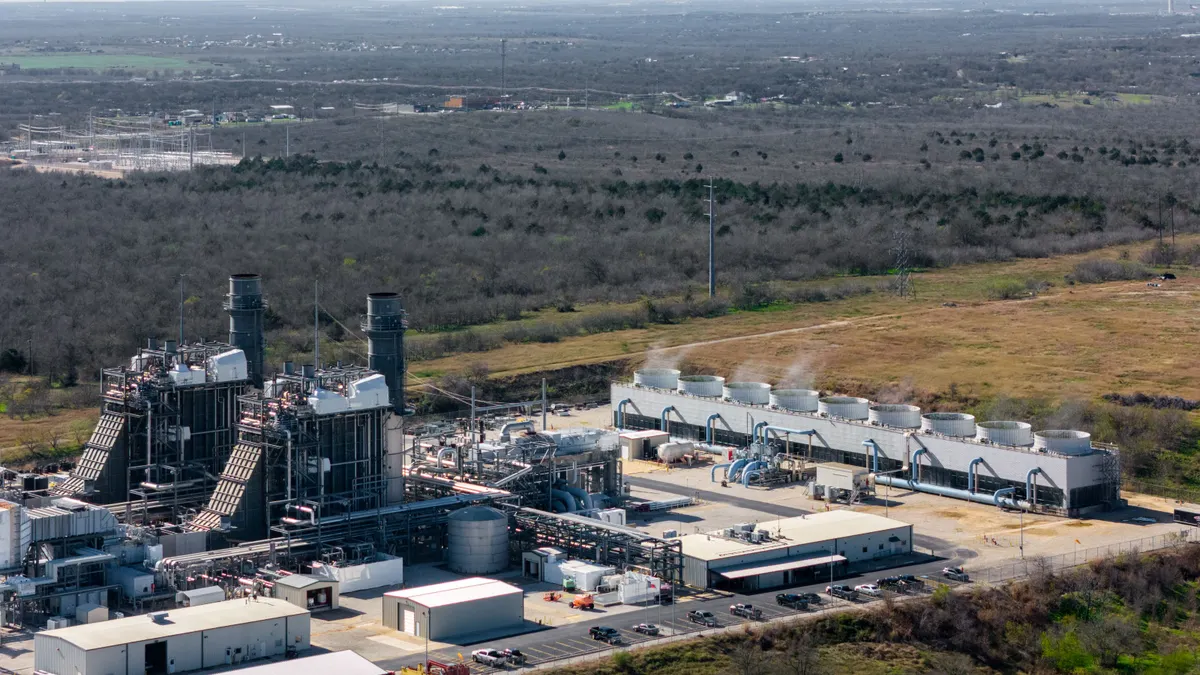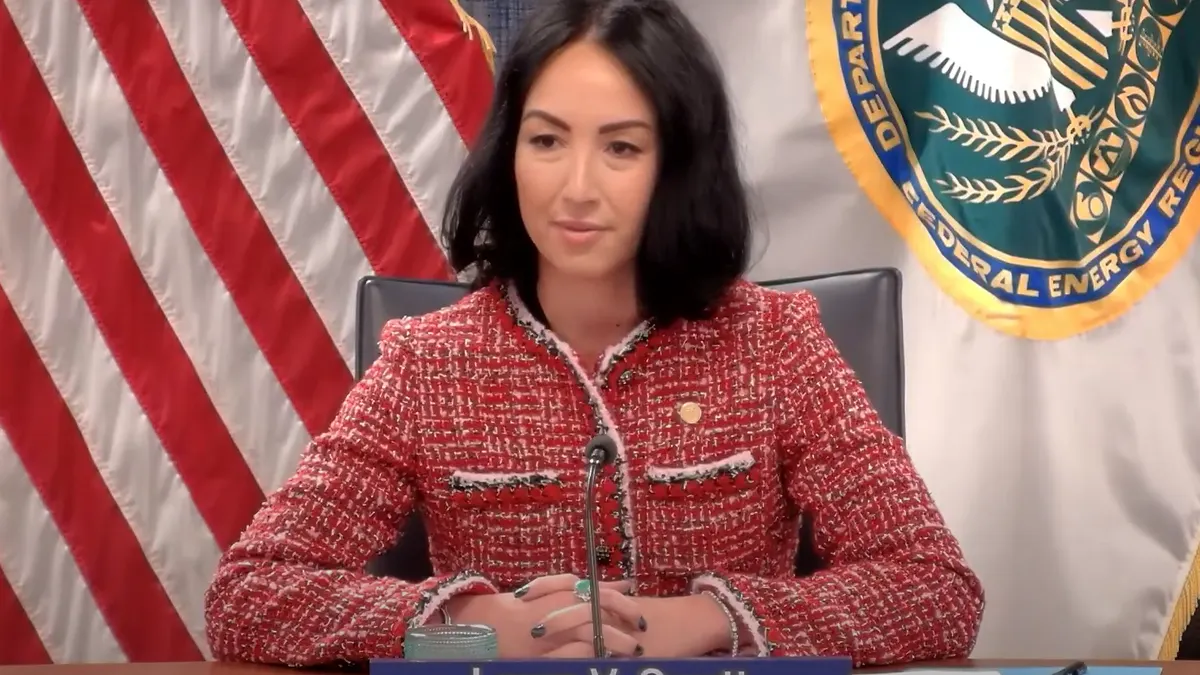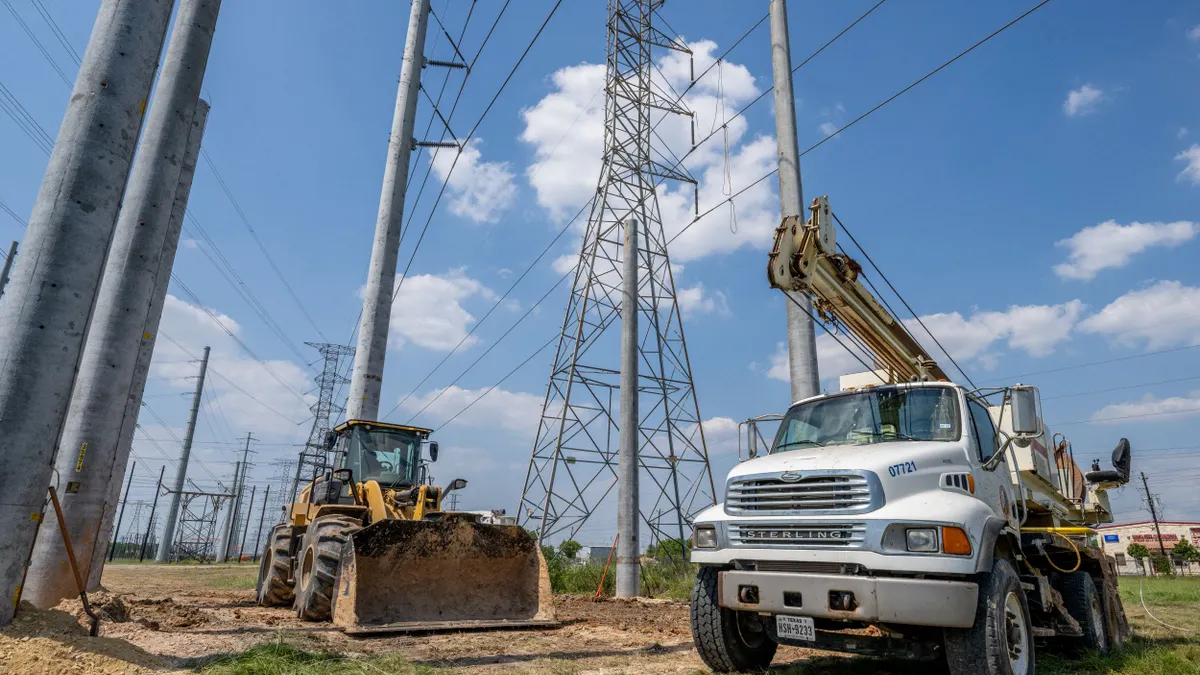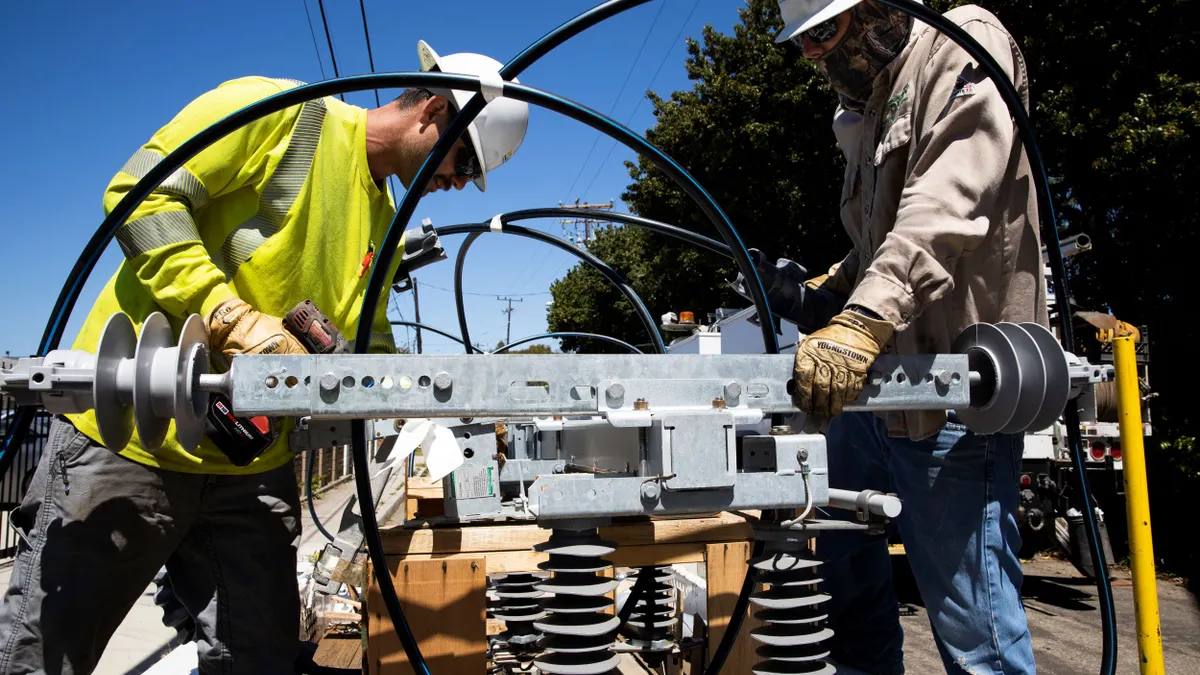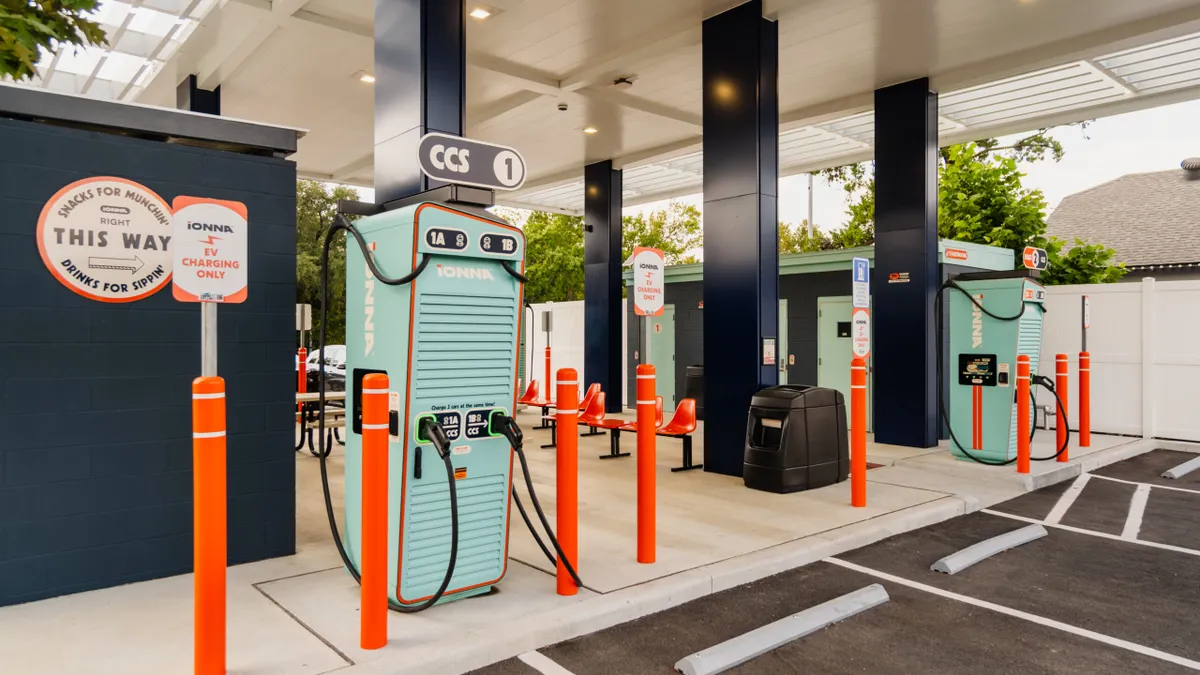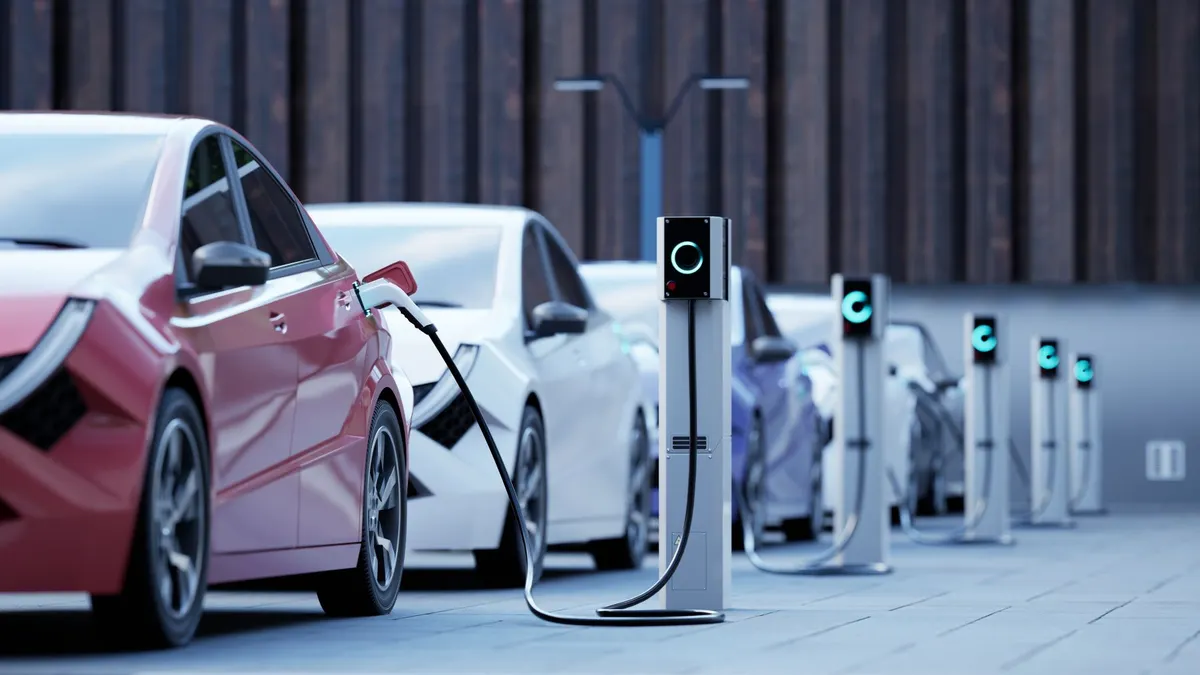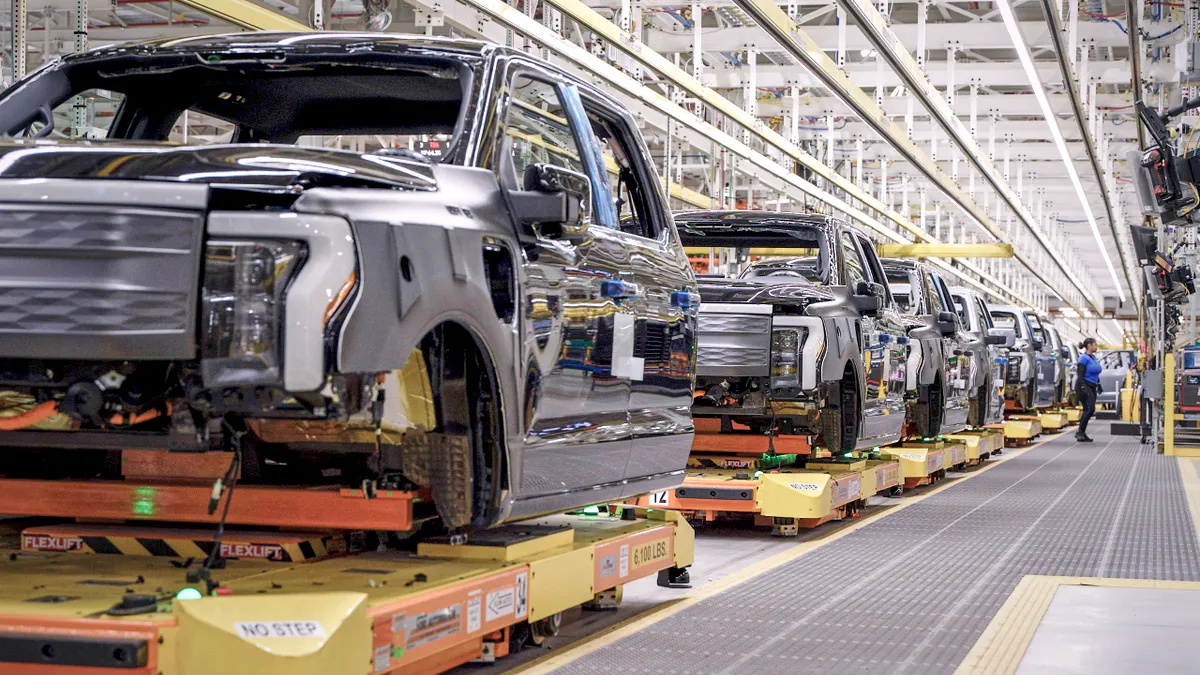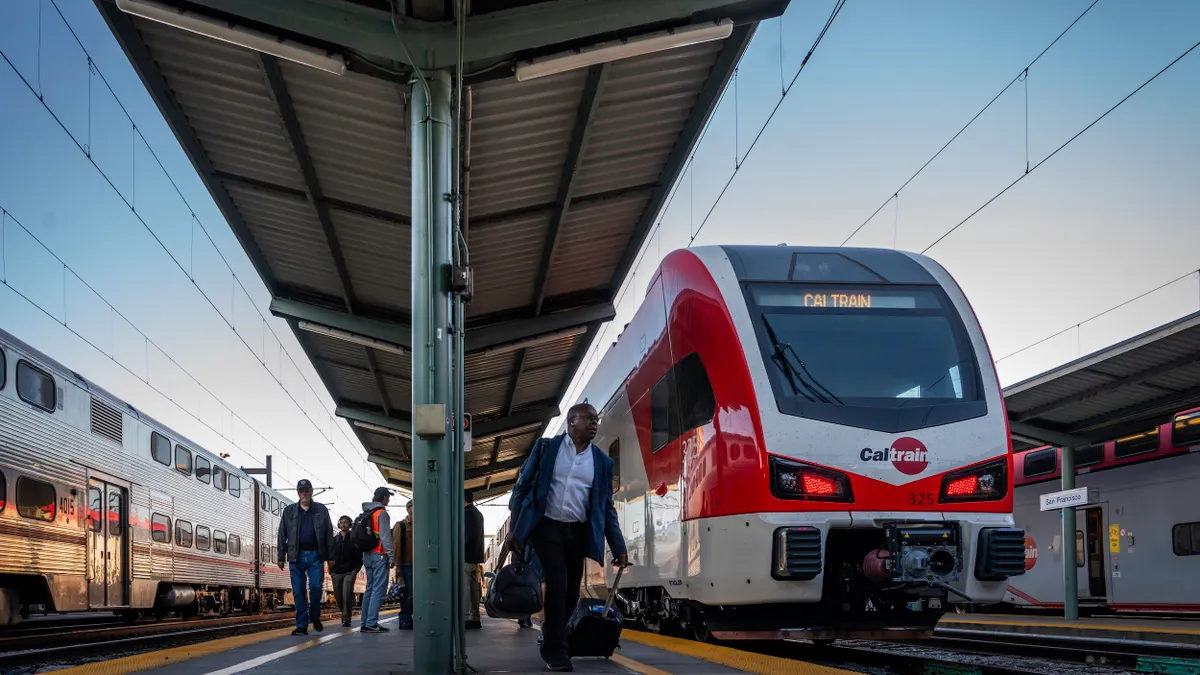Nathan Shannon is the president and CEO of the Smart Energy Consumer Collaborative and Sharon Talbott is the director of industry marketing for energy and utilities at Salesforce.
As the power sector navigates the energy transition — already a complex and challenging endeavor — the rapid rise of artificial intelligence data centers is now adding nearly unprecedented load growth into the mix.
According to a recent analysis by ICF, “U.S. electricity demand could grow 25% from 2023 to 2030 and 78% by 2050.” That’s significantly higher than the firm’s September 2024 projection that estimated 9% growth by 2028 and 18% growth by 2033.
The ICF report also projected substantial increases to residential electric rates of “15% to 40% over the next five years and double by 2050” at time when about a third of American consumers are already struggling to pay their electric bills.
Electric utilities have many options for meeting this moment head on and how they proceed will be transformational for the industry in the decades ahead. The best options, however, are those that keep customers at the center. In fact, customer relationships will be critical for utilities to fulfill their mandates to deliver affordable, reliable electricity.
In particular, customer-sited, utility-led distributed energy resources, like batteries and rooftop solar, are increasingly well-positioned to enhance resource adequacy and grid stability, moving from being mere ‘backup’ resources to becoming the ‘backbone’ of the power system, as Jigar Shah wrote in a recent article for Utility Dive.
Fortunately, progress in establishing and nurturing customer relationships over the past decade has placed electricity providers in a position to pursue a DER-focused strategy, as demonstrated by a growing body of consumer insights.
For nearly 15 years, the Smart Energy Consumer Collaborative has studied Americans’ values, motivations and behaviors related to home energy usage, beginning near the advent of advanced metering infrastructure and continuing in today’s increasingly smart, distributed and flexible energy landscape.
The organization’s “2025 State of the Consumer” report, which analyzed the findings from several SECC consumer surveys from the previous year, argued that electric utilities “are widely regarded as trusted authorities, serving as consumers’ preferred sources for reliable, actionable information about energy use, cost-saving opportunities and sustainable practices.”
Another, more recent survey that specifically focused on home solar and battery storage echoed this insight and showed a surprisingly high interest among American homeowners in becoming “prosumers”.
According to the survey, 68% of U.S. homeowners said that they would participate in a solar-plus-storage program where the technologies are installed by their utility at little to no cost, are used to help manage the grid during times of high demand and, ultimately, provide them with a financial incentive when electricity is drawn from the battery system.
Additionally, homeowners said that they strongly prefer their electricity providers’ involvement in installing solar panels on their homes. Thirty-nine percent of respondents said that they would like the solar panels to be installed by a company recommended by their provider, while 31% prefer that their electricity providers directly install the systems.
In addition to these findings on customer-sited DERs, SECC’s research has found considerable interest in demand response programs, despite relatively low enrollment rates currently. Another recent survey of 2,000 Americans that are responsible for making energy-related decisions at home found that 63% of consumers would be interested in participating in a behavioral demand response program during the summer months.
These survey findings come at a time when virtual power plants and demand response are playing an increasingly important role in helping electric utilities and grid operators deal with record-breaking heat. As the PJM Interconnection approached its all-time high demand in June, demand response played a critical role, according to PJM officials and Federal Energy Regulatory Commission Chair Mark Christie.
Considering that ICF projects that “demand-side management can soak up at least 10% of U.S. electricity demand by 2030,” electricity providers are in a good position to expand on their collaborative partnerships with consumers, build relationships with new customer segments and, consequently, dramatically increase the impact of DSM strategies.
With these consumer relationships and technologies in place, the question remains: How can electricity providers pull all these pieces together?
While advances in technology — i.e., AI, data centers and electric transportation — are leading to some of the current and projected grid issues, technology can also be a unifying factor that helps electricity providers meet these new challenges.
AI and machine learning, for example, can improve load modeling capabilities for planning and ongoing grid management, contributing to both resilience and reliability, and can help providers modernize the grid. It can also help improve the overall customer experience through improvements to backend systems and customer service operations.
And projects involving AI and machine learning may be accelerating quicker than some in the industry realize. According to an Itron survey from 2024, 82% of the utility executives surveyed said that they have AI/ML projects in the works, while about a quarter “report[ed] they have these technologies ‘fully integrated’ into their operations.”
Technology platforms that help providers integrate new rate plans, virtual power plants and other clean energy innovations will also play a key role moving forward. These platforms can help streamline utility operations, while also enhancing customer engagement and satisfaction.
Technology can help utilities break down silos and connect formerly disjointed parts of their operations, which can unlock numerous grid and customer benefits. Some utilities are already demonstrating how technology can unify operations and elevate customer experience.
For example, Avangrid developed its Customer Experience and Digital Center of Excellence as a dedicated cross-functional unit to consolidate customer experience strategy, digital product development, marketing, research and end-to-end journey redesign. This transformation has helped ensure a seamless experience across all touchpoints, including the mobile app, energy management tools and core operational customer experience improvements.
Since its formation in 2023, Avangrid’s Customer Experience and Digital Center of Excellence has resulted in increased customer satisfaction, reduced hold times for customer calls, greater adoption of new digital services and products and other benefits for both customers and the utility.
We can’t underestimate the impact of good customer experience. Technology isn’t just driving operational efficiency — it’s deepening trust. And, ultimately, a trustworthy relationship with their energy providers means that customers can better align their energy use with grid needs and receive financial and other benefits for their efforts.
As the pace of change accelerates, electric utilities stand at the nexus of unprecedented demand growth and transformative opportunity. By leveraging advanced technologies, deepening customer partnerships and integrating DERs into the heart of their operations, providers can not only meet today’s challenges but also strengthen their roles as trusted community pillars. With the right strategies, the industry is well positioned to deliver a cleaner, more resilient and customer-centric energy future that benefits all stakeholders.


